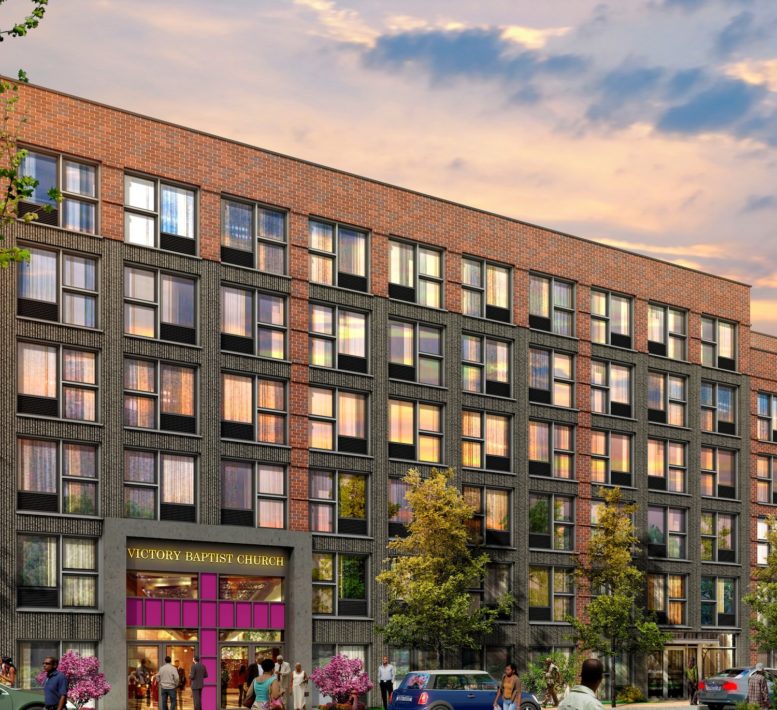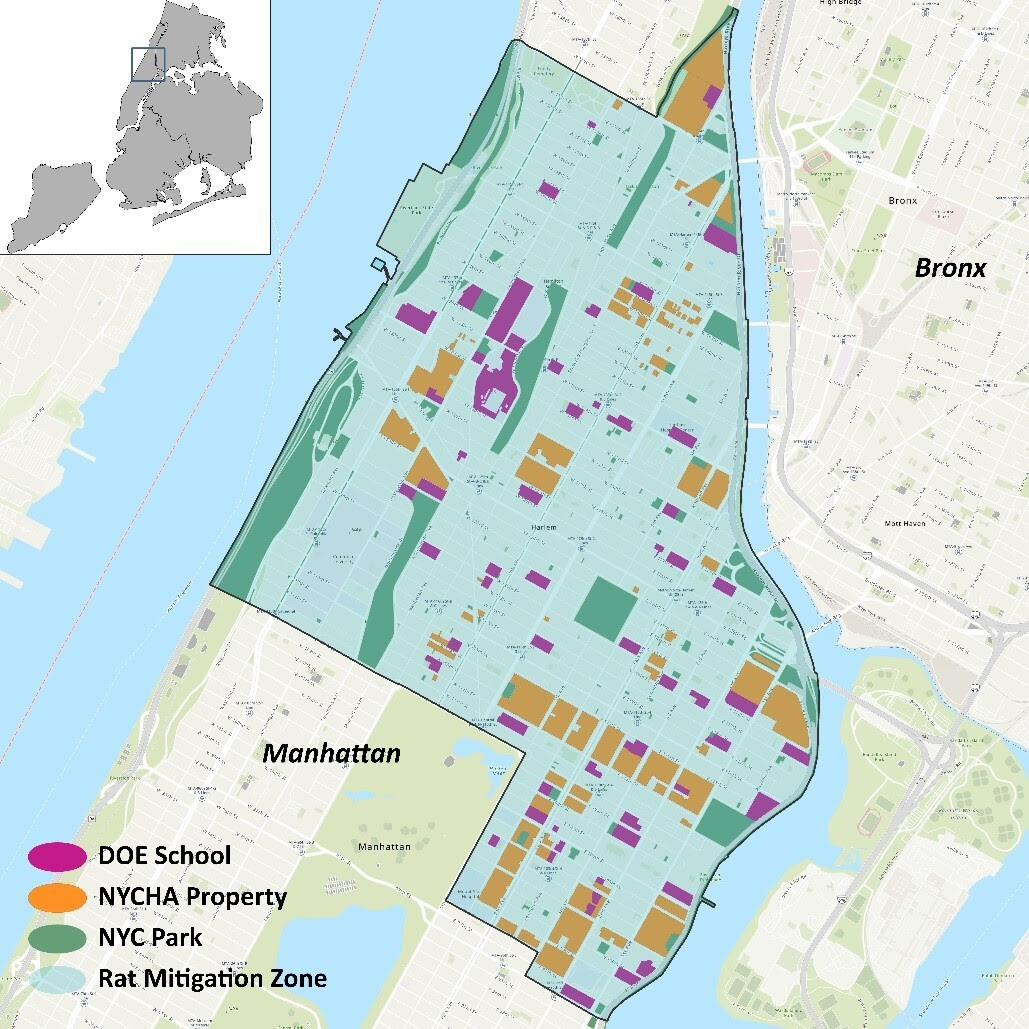
Grants Support Nearly 250 New Public Charging Stations in 70 Communities Statewide
New York State to Build More Than 1,300 Charging Stations for Agency Fleet Over Next Five Years
Plans Build Upon State's Ongoing Investments in Electric Vehicle Charging Infrastructure and Emissions Reduction Initiatives
Governor Kathy Hochul today announced more than $8.3 million to 70 municipalities to install electric vehicle charging stations for public use. The transportation sector is the second-largest source of greenhouse gas emissions in New York, and these electric vehicle charging stations will help the state achieve the ambitious greenhouse gas emission reduction requirements under the Climate Leadership and Community Protection Act. The announcement, made at the New York International Auto Show today, includes an EV infrastructure plan to build of more than 1,300 charging stations in support of a full transition to a zero-emission State fleet.
"New York has made remarkable progress advancing our transition from fossil fuels and reducing harmful vehicle emissions statewide as part of our nation-leading climate agenda," Governor Hochul said. "Thanks to initiatives like the Municipal Zero-Emissions Vehicle Infrastructure grants, communities across New York State are taking bold action to protect the environment and tackle the climate crisis. We will continue to invest in clean energy to improve the health and quality of life of New Yorkers and ensure a safe and sustainable future."
The 2022 round of the Department of Environmental Conservation's (DEC) Municipal Zero-Emission Vehicle (ZEV) Infrastructure Grant Program made 131 awards to 70 municipalities totaling $8.38 million to support the installation of 454 Level 2 charging ports and 28 direct current fast charger (DCFC) pedestals throughout New York State, the largest award amount since the program began in 2016. More than 42 percent of the grant funding was awarded for projects located in disadvantaged communities. The Climate Justice Working Group recently finalized criteria for disadvantaged communities that will ensure 35 percent, with a goal of 40 percent, of overall benefits of spending on clean energy and energy efficiency programs - one of several ways the Climate Act prioritizes climate justice.
Department of Environmental Conservation Commissioner Basil Seggos said, "DEC is proud to work with the communities and local leaders across the state investing in clean energy, reducing greenhouse gas emissions, and building sustainable infrastructure. This funding will continue to grow New York's electric vehicle charging network in communities as we shift to zero-emissions vehicles to reduce emissions and improve the health and safety of New Yorkers. DEC applauds these communities working to address the climate crisis by acting locally to bolster the State's climate leadership."
Recipients of the 2022 Municipal Zero-Emission Vehicle Infrastructure Grant awards are as follows:
Capital Region
City of Albany, $499,769.60 for 28 Level 2 charging ports
Albany County, $65,970.80 for 14 Level 2 charging ports
City of Schenectady, $54,800 for eight Level 2 charging ports
Village of Menands, $32,934 for four Level 2 charging ports
Village of Catskill, $26,605.95 for eight Level 2 charging ports
Central New York
City of Oneida, $450,711 for eight Level 2 charging ports and two DCFC pedestals
Town of Dewitt, $261,800 for 16 Level 2 charging ports
Town of Salina, $199,400 for one DCFC pedestal
Town of Onondaga, $194,521.60 for 10 Level 2 charging ports
City of Auburn, $80,288 for six Level 2 charging ports
Village of Baldwinsville, $35,454.50 for four Level 2 charging ports
Finger Lakes
Village of Medina, $245,184 for two DCFC pedestals
Village of Clyde, $110,862.60 for four Level 2 charging ports
Town of Chili, $89,463 for 20 Level 2 charging ports
Town of Seneca Falls, $86,022 for 12 Level 2 charging ports
Town of Irondequoit, $79,028.10 for 14 Level 2 charging ports
Town of Brighton, $63,570 for eight Level 2 charging ports
Village of Sodus Point, $62,440 for 16 Level 2 charging ports
Village of Sodus, $44,950 for eight Level 2 charging ports
Town of Ogden, $31,328 for eight Level 2 charging ports
Town of East Bloomfield, $29,071.20 for eight Level 2 charging ports
City of Canandaigua, $28,820 for six Level 2 charging ports
Town of Lodi, $27,908 for eight Level 2 charging ports
Town of Macedon, $25,274.48 for four Level 2 charging ports
Town of Richmond, $22,216.50 for four Level 2 charging ports
Wyoming County, $20,800 for four Level 2 charging ports
Town of Lima, $13,720 for four Level 2 charging ports
Town of Pittsford, $12,502 for two Level 2 charging ports
Village of Albion, $10,500.00 for two Level 2 charging ports
Long Island
Town of Oyster Bay, $490,811.41 for 22 Level 2 charging ports and one DCFC pedestal
Town of Smithtown, $161,130 for two DCFC pedestals
Town of Huntington, $123,264 for 16 Level 2 charging ports
City of Glen Cove, $47,774.10 for two Level 2 charging ports
Village of Sea Cliff, $42,114 for two Level 2 charging ports
Mid-Hudson
City of Kingston, $268,644.54 for two DCFC pedestals
Town of Mount Pleasant, $250,000 for four DCFC pedestals
City of Poughkeepsie, $207,167.50 for four Level 2 charging ports and two DCFC pedestals
Village of Croton-on-Hudson, $149,266.78 for 12 Level 2 charging ports
Town of Amenia, $82,180.40 for two Level 2 charging ports
Village of Pleasantville, $43,644.01 for four Level 2 charging ports
Village of Sleepy Hollow, $38,100 for two Level 2 charging ports
Town of Esopus, $35,260 for four Level 2 charging ports
Village of Briarcliff Manor, $25,800 for four Level 2 charging ports
Town of Kent, $23,027.64 for four Level 2 charging ports
Village Wappingers Falls, $9,790 for two Level 2 charging ports
City of White Plains, $9,387.15 for two Level 2 charging ports
Mohawk Valley
City of Oneonta, $299,546 for 26 Level 2 charging ports
Montgomery County, $268,000 for 24 Level 2 charging ports
Village of Northville, $23,659 for two Level 2 charging ports
North Country
Town of Indian Lake, $236,686.50 for two DCFC pedestals
Village of Waddington, $117,375 for four Level 2 charging ports
Town of Clayton, $87,375 for four Level 2 charging ports
Town of Jay, $53,292 for six Level 2 charging ports
Village of Canton, $50,061 for one DCFC pedestal
Town of Newcomb, $49,452.50 for six Level 2 charging ports
Town of Chesterfield, $37,525.45 for two Level 2 charging ports
Town of Tupper Lake, $17,200 for two Level 2 charging ports
Town of Ausable, $14,675 for two Level 2 charging ports
Southern Tier
Chemung County, $500,000 for two DCFC pedestals
Village of Sidney, $80,632.32 for two DCFC pedestals
Village of Fleischmanns, $7,573.50 for two Level 2 charging ports
Western New York
City of Olean, $499,210 for 20 Level 2 charging ports
Town of Amherst, $470,683.20 for 14 Level 2 charging ports and one DCFC pedestal
Village of South Dayton, $209,750 for one DCFC pedestal
Village of Lancaster, $137,200.00 for two Level 2 charging ports and one DCFC pedestal
Town of Grand Island, $50,148 for four Level 2 charging ports
Village of Hamburg, $49,100.80 for four Level 2 charging ports
Town of West Seneca, $31,475.70 for four Level 2 charging ports
Town Eden, $26,377.96 for two Level 2 charging ports
More information about the DEC Municipal ZEV Infrastructure Grant Program, as well as Municipal ZEV Rebates is available on DEC's website at: https://www.dec.ny.gov/energy/109181.html#ZEV
Greening New York State Fleets
The New York State Office of General Services is leading an effort to build more than 1,300 charging stations dedicated to fleet charging within five years at state facilities, beginning with the installation of 130 stations at OGS properties. These chargers will be a mix of networked Level 2 and fast chargers. OGS Resiliency and Sustainability is also partnering with the New York State Energy Research and Development Authority to develop a Clean Fleet Plan to identify critical infrastructure milestones required to meet this goal and recommend key policies and procedures to support and accelerate the transition to a zero-emission fleet.
EVolve NY Fast-Charging Progress
The New York Power Authority announced that the number of chargers in its high-speed EVolve NY network has reached more than 120 at 32 sites along major travel corridors. Working with other state agencies, the total is expected to climb to at least 800 statewide by 2025, ensuring that EV drivers don't have to worry about running out of charge. The Direct Current Fast Chargers can charge most of the battery capacity in any make or model of EV in as little as 20 minutes.
The EV announcements today complement other recent actions New York is taking to fast-track the transition to electric vehicles. In December, DEC announced the adoption of the Advanced Clean Cars II regulations which require all new passenger cars and light-duty trucks sold in New York State to be zero-emissions by 2035 to accelerate zero-emission car sales, resulting in improved air quality statewide, particularly in communities disproportionately impacted by transportation-related pollution. The regulation requires an increasing percentage of new light-duty vehicle sales to be zero-emission vehicles (ZEV) each year, starting with 35 percent ZEV sales in model year 2026, leading to 100 percent ZEV sales by 2035.
Adoption of Advanced Clean Cars II is included among the recommendations in the Climate Action Council's Scoping Plan and will be instrumental in achieving the greenhouse gas emissions reductions required in the Climate Act, including reducing greenhouse gas emissions by 85 percent by 2050 from 1990 levels. On Dec. 19, New York State's Climate Action Council adopted the Scoping Plan, which outlines recommended policies and actions to help meet the Climate Act's goals and requirements. The plan was the culmination of more than three years of collaboration, including contributions from the Council's Advisory Panels and Working Groups, since the enactment of the Climate Act in 2019.
Funding for the ZEV grants announced today was provided by the State Environmental Protection Fund. Among the many environmental victories in the 2022-23 State Budget, the EPF was funded at $400 million, the highest-ever level of funding in the program's history. The EPF supports climate change mitigation and adaptation efforts, improves agricultural resources to promote sustainable agriculture, protects our water sources, advances conservation efforts, and provides recreational opportunities for New Yorkers.
New York State's Nation-Leading Climate Plan
New York State's nation-leading climate agenda calls for an orderly and just transition that creates family-sustaining jobs, continues fostering a green economy across all sectors and ensures that at least 35 percent, with a goal of 40 percent, of the benefits of clean energy and energy efficiency investments are directed to disadvantaged communities. Guided by some of the nation's most aggressive climate and clean energy initiatives, New York is on a path to achieving a zero-emission electricity sector by 2040, including 70 percent renewable energy generation by 2030, and economywide carbon neutrality by mid-century. A cornerstone of this transition is New York's unprecedented clean energy investments, including more than $35 billion in 120 large-scale renewable and transmission projects across the state, $6.8 billion to reduce building emissions, $1.8 billion to scale up solar, more than $1 billion for clean transportation initiatives, and over $1.8 billion in NY Green Bank commitments. These and other investments are supporting more than 165,000 jobs in New York's clean energy sector in 2021 and a 2,100 percent growth in the distributed solar sector since 2011. To reduce greenhouse gas emissions and improve air quality, New York also adopted zero-emission vehicle regulations, including requiring all new passenger cars and trucks sold in the State be zero emission by 2035. Partnerships are continuing to advance New York's climate action with nearly 400 registered and 100 certified Climate Smart Communities, nearly 500 Clean Energy Communities, and the State's largest community air monitoring initiative in 10 disadvantaged communities across the state to help target air pollution and combat climate change.






